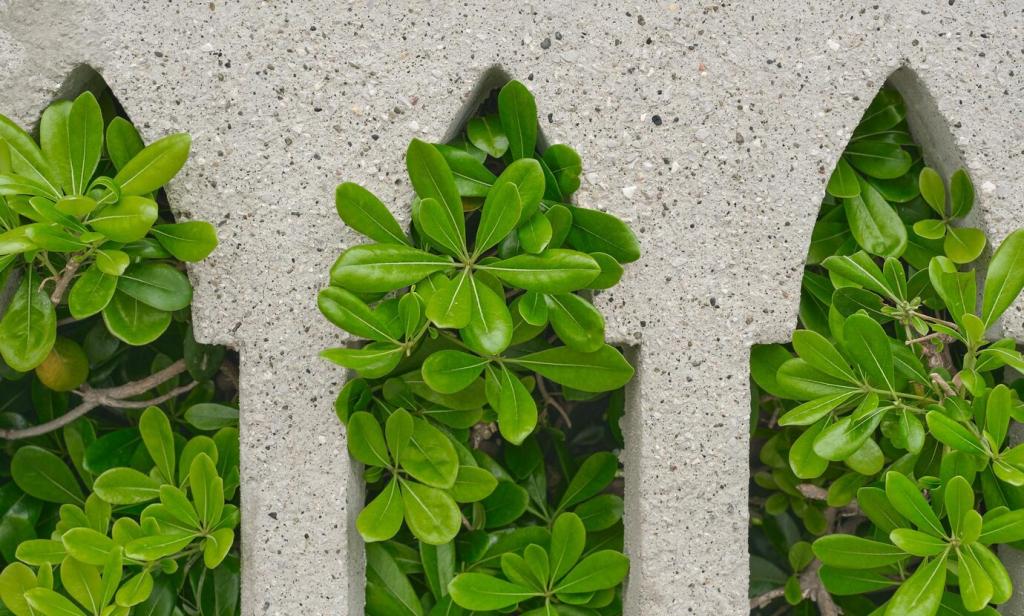
Energy-Efficient Design Ideas for Your Dacha
Embracing energy-efficient design can transform your dacha into a cozy, cost-effective retreat that’s also environmentally-friendly. By thoughtfully integrating efficient solutions, not only can you minimize energy consumption and utility bills, but you also strengthen your connection to the natural landscape. The right design ideas go beyond merely adding insulation; they entail a holistic approach that considers the orientation, structure, and use of resources in your summer cottage. This guide explores key areas—ranging from architectural considerations to high-performance systems—which all contribute to a more sustainable and comfortable dacha.

Optimal Building Orientation
The way your dacha is positioned on the site plays a pivotal role in its year-round energy performance. Aligning the longest walls to face south maximizes solar gain during winter, while well-designed roof overhangs or pergolas provide crucial shading in the summer months. Such orientation allows the sun to naturally heat your living spaces when you need it most, while also blocking excessive summer rays that can lead to overheating. Considering local wind patterns and natural shading from trees further enhances comfort and efficiency. Thoughtful orientation is often a low- or no-cost improvement, yielding significant energy benefits over the lifetime of your dacha.

Strategic Window Placement
Windows act as both conduits for light and, if poorly placed, sources of heat loss or gain. When planning your dacha, prioritize larger, well-insulated windows on the south façade to invite ample natural sunlight during cooler seasons, reducing the need for artificial heating and lighting. Use smaller windows or carefully selected glazing for the north side to minimize heat loss. Strategic use of double or triple glazing with low-emissivity coatings ensures that heat stays inside in winter and remains outside in summer. This approach not only increases your home’s efficiency but also provides beautiful, naturally lit living spaces, connecting you to the outdoor environment.

Thermal Mass Utilization
Thermal mass refers to materials like stone, brick, or concrete that absorb, store, and slowly release heat. Integrating these materials in your dacha’s floors or walls allows you to naturally regulate indoor temperatures, making the environment comfortable with less mechanical heating or cooling. During the day, thermal mass stores excess solar heat and radiates it back gradually as temperatures drop at night—a process particularly useful in temperate and continental climates. To take full advantage, combine thermal mass with effective insulation and proper building orientation, transforming your dacha into a passive, energy-saving haven with stable, comfortable temperatures year-round.

Choosing Advanced Insulation Materials
Selecting the right insulation material is essential for long-term energy savings and a consistently comfortable environment. Options such as mineral wool, cellulose, spray foam, or rigid foam boards each offer distinct advantages in terms of thermal performance, fire resistance, and environmental impact. Consider factors like R-value (a measure of thermal resistance), moisture resistance, and installation ease when deciding. Superior insulation layers in walls, roofs, and floors can significantly reduce heat losses, keeping your interiors cozy even in harsh weather. Durable, eco-friendly products may cost more up front but often pay back through energy savings and durability over many years.
Eliminating Thermal Bridges
Thermal bridges are weak points in a building’s envelope where heat can easily escape—typically found at junctions like around window frames, doorways, or wall-to-roof transitions. These gaps undermine the performance of even the highest-quality insulation, leading to unwanted drafts, colder interiors, and increased energy bills. Addressing thermal bridges requires attentive design and precise construction techniques, such as continuous insulation and careful sealing of joints. By minimizing these vulnerabilities, you ensure even temperature distribution throughout your dacha, prevent moisture problems, and improve the overall energy efficiency and comfort of your retreat.
Enhancing Roof and Floor Insulation
Properly insulated roofs and floors are crucial for an energy-efficient dacha, as significant heat losses often occur through these building elements. Upgrading your roof insulation with modern, high-R-value materials keeps heat inside during the winter while blocking the sun’s heat in summer. Similarly, insulating floors—especially those above crawl spaces or basements—helps prevent cold drafts from seeping indoors. Attention to installation details, such as vapor barriers and airtight seals, further enhances performance. The result is a dacha that maintains stable, comfortable temperatures with less dependence on costly heating and cooling systems, directly contributing to lower energy bills and a healthier indoor environment.
Smart Ventilation and Air Quality Improvements
Heat Recovery Ventilation Systems
Heat recovery ventilation (HRV) systems are innovative solutions that allow you to enjoy fresh filtered air with minimal heat loss. As stale air is expelled, HRVs transfer up to 90% of its heat to incoming fresh air, keeping your dacha warm and energy-efficient even during colder months. These systems are especially valuable in well-insulated buildings where natural ventilation is limited. By maintaining indoor air quality and reducing the load on your heating system, an HRV makes your retreat more comfortable and affordable to run, while supporting your family’s health and wellness through continual air exchange.
Proper Window Ventilation Techniques
Even with modern systems, operable windows remain valuable tools for maintaining indoor air quality in your dacha. Installing windows that can be securely opened for cross-ventilation allows you to quickly flush out humidity and indoor pollutants, especially during mild weather. Careful placement—such as opposite walls or at varying heights—maximizes natural airflow throughout your living areas. Window insect screens and security features provide peace of mind while you refresh your interiors. Coupled with efficient building design, this approach minimizes reliance on mechanical systems and fosters a healthier connection with the outdoor environment.
Moisture and Humidity Control Strategies
A key aspect of energy-efficient dacha design is managing indoor humidity, which protects both building materials and occupant health. High humidity encourages mold growth and structural damage, whereas excessive dryness can be uncomfortable and harmful to furnishings. Incorporating vapor barriers, exhaust fans in kitchens and bathrooms, and smart ventilation balances moisture levels year-round. Advanced humidity sensors and dehumidifiers can also play a part in more challenging climates. Effective moisture control ensures your dacha’s structure endures for years, providing a comfortable and inviting environment for family and guests alike.
